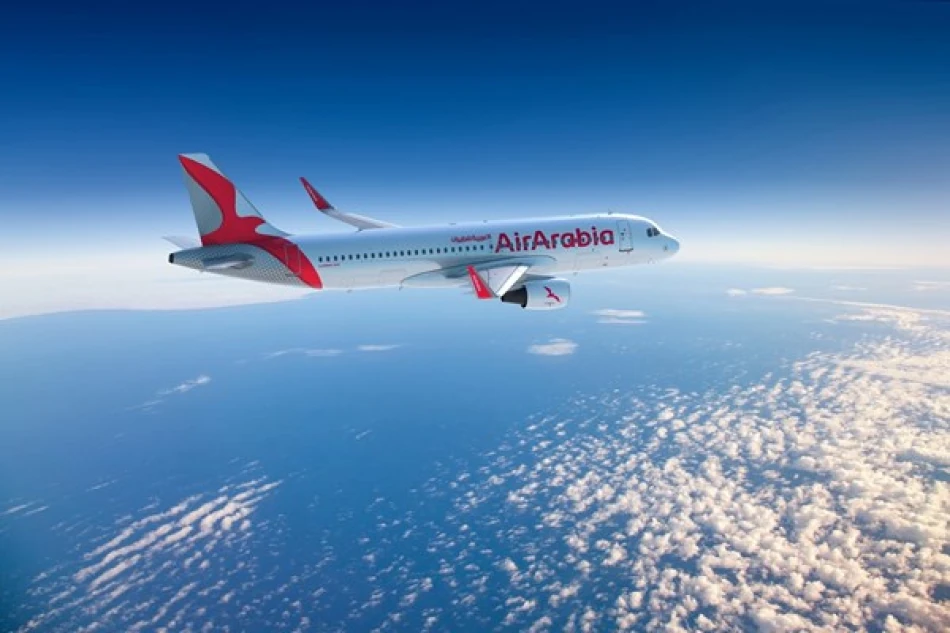
Soar to Thailand's Phuket with 3 Daily Flights by Emirates Airlines
Air Arabia Triples Sharjah-Phuket Flights as Gulf-Thailand Tourism Boom Accelerates
Air Arabia's decision to expand its Sharjah-Phuket service to three daily flights from October 26 signals a broader shift in regional travel patterns, as Gulf carriers capitalize on Thailand's post-pandemic tourism recovery and growing business ties between the Middle East and Southeast Asia.
Strategic Expansion Reflects Market Confidence
The UAE-based low-cost carrier's route expansion comes at a pivotal moment for Thailand's tourism sector, which has been aggressively courting Middle Eastern visitors following the devastating impact of COVID-19 on international arrivals. Phuket, Thailand's largest island and premier beach destination, has emerged as a particular favorite among Gulf travelers seeking tropical escapes.
Air Arabia CEO Adel Al Ali emphasized that Thailand serves dual purposes for travelers from the region, accommodating both leisure and business passengers. This versatility has proven crucial as airlines seek to maximize aircraft utilization and route profitability in an increasingly competitive market.
Building a Thai Network Hub
The Phuket expansion strengthens Air Arabia's Thai portfolio, which already includes direct flights from Sharjah to Bangkok and Krabi. This multi-city approach mirrors successful strategies employed by other regional carriers, creating a comprehensive network that captures different traveler segments—from Bangkok's business travelers to Krabi and Phuket's beach seekers.
Competitive Positioning
Air Arabia's aggressive expansion into Thailand positions it to compete directly with Emirates, Etihad, and other Gulf carriers that have traditionally dominated Middle East-Southeast Asia routes. The low-cost model offers price-sensitive travelers an alternative to full-service airlines, potentially capturing market share from both legacy carriers and connecting flights through hubs like Doha or Dubai.
Tourism Economics Drive Growth
Thailand's Tourism Authority has been particularly focused on attracting visitors from the GCC region, recognizing their higher spending patterns and longer average stays compared to traditional European markets. Gulf visitors typically spend 40-50% more per trip than European tourists, making them an attractive demographic for destinations seeking to maximize revenue per visitor.
The timing of Air Arabia's expansion aligns with Thailand's broader economic recovery strategy. The kingdom has streamlined visa processes for Gulf nationals and launched targeted marketing campaigns across the region, creating favorable conditions for increased air connectivity.
Market Implications and Future Outlook
For investors and industry observers, Air Arabia's route expansion represents more than tourism growth—it reflects the UAE's evolving role as a gateway between the Middle East and Asia. Sharjah's positioning as an alternative to Dubai's congested airports offers operational advantages and cost efficiencies that benefit both the airline and passengers.
The move also suggests confidence in sustained demand despite global economic uncertainties. Airlines typically require load factors of 70-80% to maintain profitability on international routes, indicating Air Arabia's market research supports robust passenger demand for the expanded service.
This expansion pattern—gradual route building followed by frequency increases—has proven successful for other low-cost carriers in similar markets, suggesting Air Arabia may replicate this approach across other Southeast Asian destinations as demand warrants.
Most Viewed News

 Layla Al Mansoori
Layla Al Mansoori






